The Camino Francés is more than just a walk—it’s a journey that blends culture, spirituality, and adventure. Whether you’re a seasoned hiker or a curious newbie, our Ultimate guide to the Camino: Tips and tricks will provide essential tips, tricks, and insights to make your pilgrimage to the Tomb of the Apostle Saint James on the Camino de Santiago memorable.
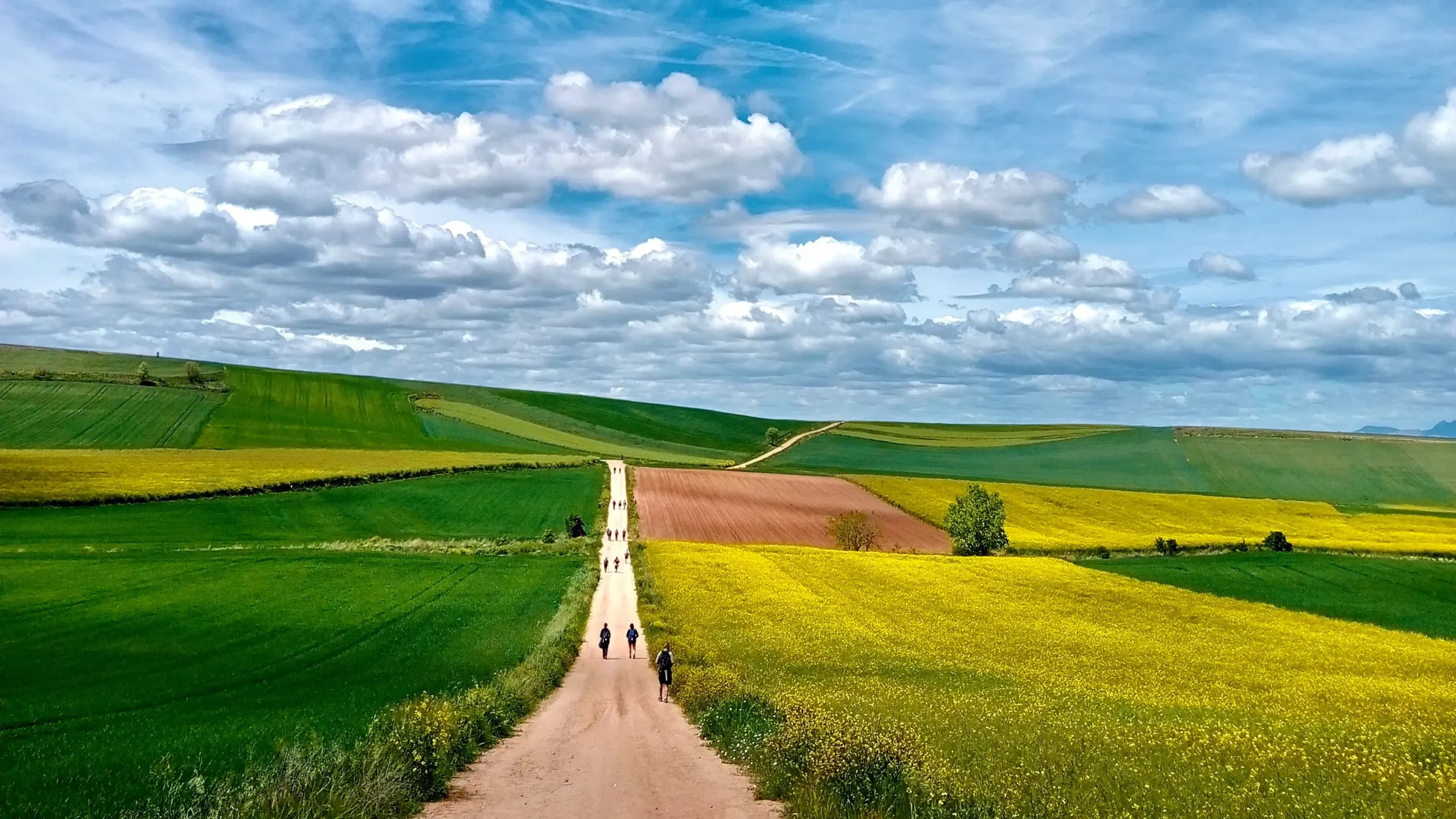
The Camino Francés, or French Way, is the best-known and most-walked of all Camino de Santiago routes. Stretching an awe-inspiring 780 kilometres, it sweeps across the Pyrenees from the quaint town of St. Jean Pied de Port in France, finally welcoming travellers at the cathedral of Santiago de Compostela in Spain.
This route is celebrated not only for its length and challenge but also for its deep historical roots. Dating back to the 9th century, the Camino Francés has borne witness to countless pilgrims’ journeys. Each one treading its path seeking not only physical destination but often spiritual and religious discovery. This historical richness is felt with every footstep, as one encounters relics of early pilgrimage life interspersed along the trail. You might not meet a medieval monk, but the abundance of shared stories and friendships will make you feel just as connected to a timeless tradition.

Spain and the Camino
The Camino Frances is not just about clocking miles. The Camino is an exploration of Spain’s cultural and geographical melting pot. From the verdant vineyards of Navarra to the rolling wheat fields of the Meseta, and onto the mystical forests of Galicia, the landscape is as varied as it is breathtaking. Every twist and turn offers new wonders and challenges to tackle, each reminding us of the words of Paulo Coelho: “It’s the possibility of having a dream come true that makes life interesting”.
Certainly, planning such a monumental journey calls for insight and tips. As you mull over your Camino Frances itinerary, remember: you’re not just walking a trail; you’re engaging with a vibrant tapestry of stories and experiences that transcend time and place. Kickstart your journey into this age-old saga with a spirited stroll through our Camino de Santiago travel blog, where tales of adventure will whet you appetite.

Planning Your Camino Frances Itinerary
Walking the Camino requires a bit of pre-trek pondering, akin to planning a surprise birthday party for yourself. You want a dash of expectation, a sprinkle of spontaneity, and a whole lot of joy! The journey starts with crafting a robust itinerary. The Camino Frances is a tapestry of roughly 800 kilometres, traditionally broken down into daily stages spanning 20 to 30 kilometres.
First and foremost, evaluate your physical condition. Remember, this isn’t a competitive sprint, but a marathon of the soul. Are you an experienced hiker or is your longest walk to date the hike from your couch to your fridge? If you’re in the former group, you might find the average 25-kilometre daily trek brisk yet manageable. However, if you’re not, consider trimming your daily mileage to savour the journey at a leisurely pace. After all, as people say, “The journey is the destination.”
Explore Camino de Santiago in Chapters with Fresco Tours
Next, consider the amount of time you can dedicate to this pilgrimage. Do you have a couple of weeks or several months? For those with time constraints, or simply do not want to be on the road for that long, consider walking shorter stages.
At Fresco Tours we do not offer a tour that spans the whole Camino. We do, however, offer tours that allow you to walk sections of the Camino in shorter time frames. Our Chapter 1 tour takes you from the Pyrenees to Logroño, the capital of the Rioja region. You can then continue walking west on our Chapter 2 tour, that starts in Logroño and ends in Carrión de los Condes on the Meseta! However, our most popular tours are the ones that start at 100 and/or 60 miles from Santiago de Compostela, allowing you to walk the final miles of the pilgrimage! For a more independent approach, Self-guided Camino de Santiago Tours provide the flexibility to tailor your adventure.

Preparing for the Camino Walk
Consider incorporating regular, lengthy walks into your schedule to boost your stamina. Remember, Rome wasn’t built in a day, and neither is the endurance needed for the Camino de Santiago. Gradually extend your walking distance, and your feet will thank you later! See our specific blog post for more information about preparing for your Camino.
Footwear, dear pilgrim, is more than just an accessory—it’s your best friend on this pilgrimage route. A sturdy pair of hiking boots, well-broken in, can be the difference between a blissful journey and a blister-filled ordeal. Ensure they have good ankle support and water resistance to tackle the varied terrains along the Camino Frances trail. Again, we have a specific blog post for boots and footwear recommended for the Camino.
When it comes to packing, think function over fashion. Your ultimate checklist should include a lightweight backpack that comfortably hugs your back, a durable water bottle, and weather-appropriate clothing. Spain’s climate can surprise you and layering is your best strategy. Thankfully, on your Fresco Tours adventure, you’ll only have to worry about your daypack – we take care of your luggage!
Preparation is not merely about the physical but mental readiness too. Bringing along a good book about the Camino can provide cultural insights and historical context, enhancing your self-guided Camino de Santiago tour and making them all the more enriching. Think of embarking on this journey as a blend of trails, tales, and tapas—a recipe for the ultimate Camino experience.
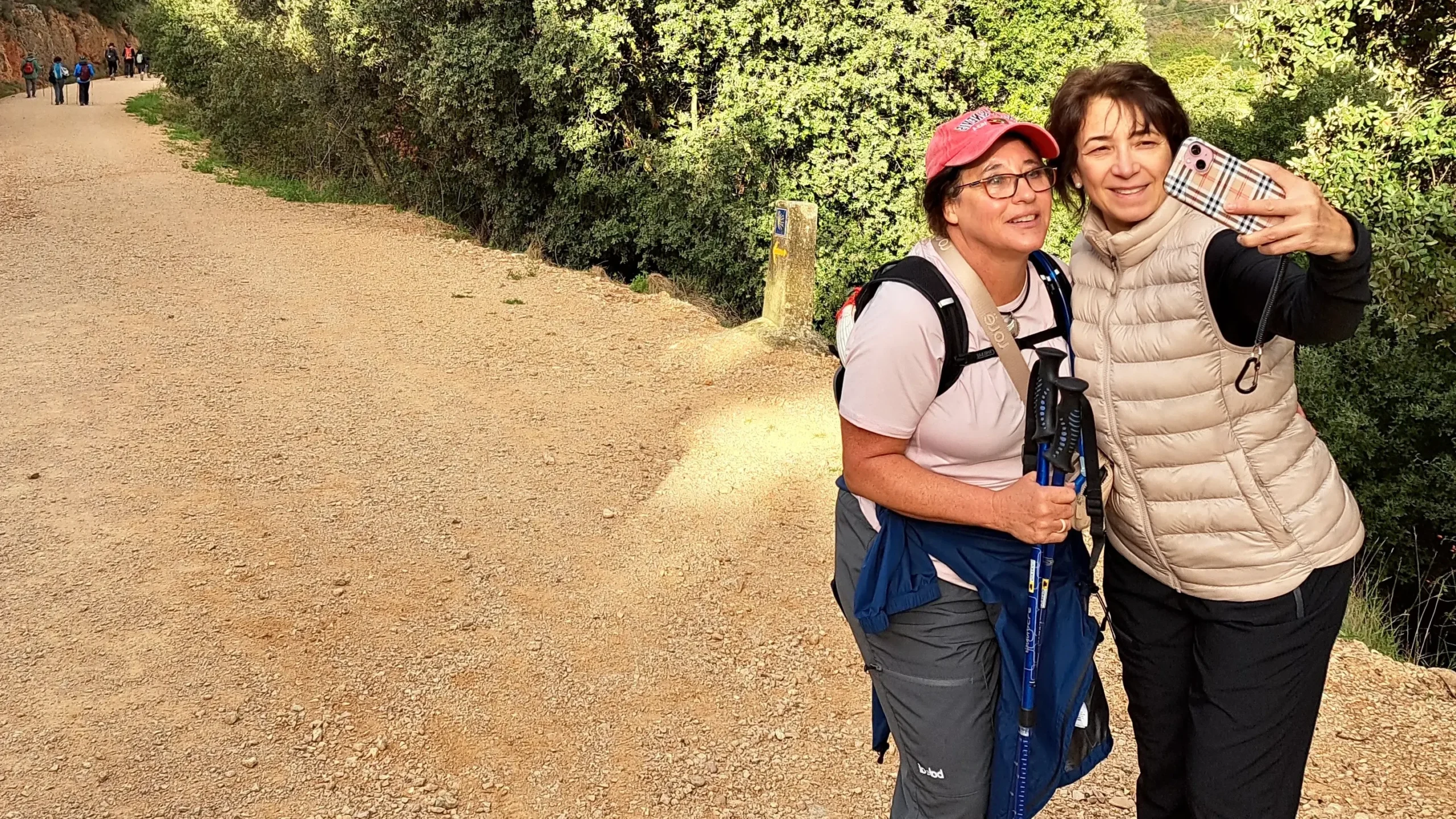
Cultural and Spiritual Aspects of the Camino
The Camino is not just a physical journey; it’s a transformative experience enriched with cultural and spiritual dimensions. En route, pilgrims encounter an extraordinary array of ancient churches, historical landmarks, and culturally vibrant communities. Each site is a testament to the region’s rich tapestry of heritage, waiting to be discovered by those embarking on the camino journey. As you walk the Camino, allow yourself to be part of its vibrant traditions and let each step guide you toward new ways of seeing and experiencing life. After all, as many pilgrims will tell you, the Camino truly offers the journey of a lifetime.
The religious and spiritual aspect of the Camino can be profoundly personal. Pilgrims often take time to reflect on their life goals, dreams, and experiences—an introspection that is as much part of the pilgrimage as the iconic scallop shells lining the path. The Camino offers numerous opportunities to engage in local traditions that punctuate this ancient path. For instance, attending a Pilgrim’s Mass in the awe-inspiring cathedral of Santiago de Compostela can be an intensely moving experience, bringing a sense of closure and fulfilment after traversing miles of the Camino de Santiago trail.
“The Camino teaches you to take on life’s challenges one step at a time,” mentioned a seasoned pilgrim. Engaging in local customs—be it enjoying a hearty meal of Galician octopus or participating in the Pilgrim’s Blessing in Roncesvalles—is as much a part of this journey as the walking itself.
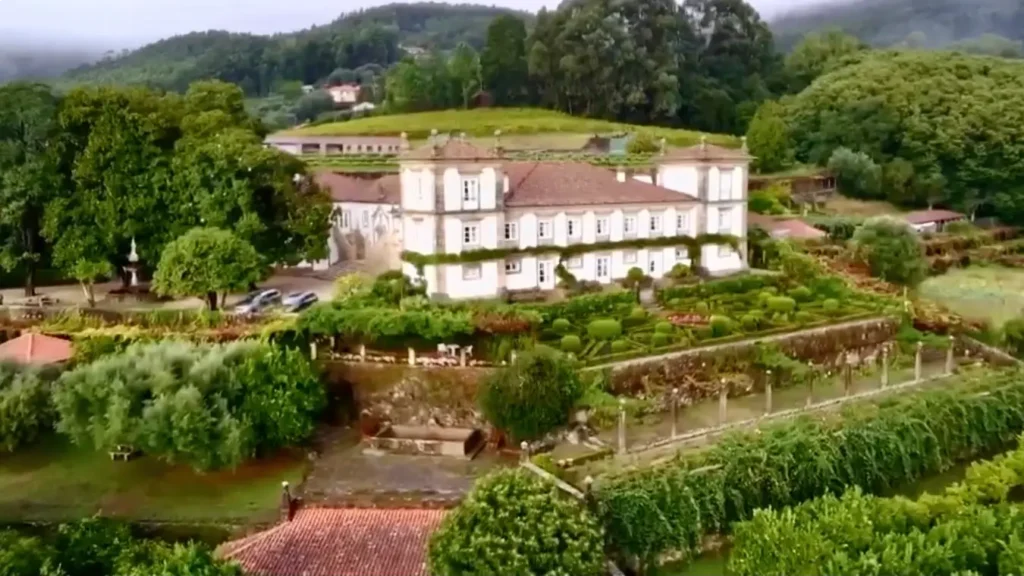
Accommodation along the Camino Francés
One of the highlights of walking the Camino Francés route is the handy network of accommodations available to pilgrims. Along this historical pilgrimage route, options range from traditional Camino hostels, known as albergues, to more upscale accommodations, each offering their own unique slice of Camino culture and camaraderie.
The Camino albergues are typically shared dorms with communal bathrooms and toilets. The public albergue network was set up in the eighties as a scheme that would provide for lodging in remote areas along the Camino and to provide a bed for pilgrims who could not afford other options. Indeed, the first public albergues were all donation based! As the Camino has grown in popularity, other accommodation options have also appeared along the trail. Private rooms and ensuite bathrooms are no longer an option that must be ruled out. Larger towns, that also cater to tourists, also provide upscale hotels, with all the amenities you would expect.
Booking Accommodation
Remember, no pilgrimage is complete without a little foresight. Booking accommodations in advance can ensure a snug spot to rest tired feet after a long day on the Camino road, particularly during those busy seasons. However, if calculating stages and searching for accommodation does not sound like fun, then put your trust in a specialised Camino agency, such as Fresco Tours. Here are some examples of the places we stay at: Our hotels.
Tips and Tricks for a Smooth Camino Experience
Here are some practical tips and tricks you might find useful. Let’s start with packing; less is truly more. Aim to keep your backpack under 10% of your body weight. This not only spares your shoulders but also allows for those spontaneous detours to hidden tapas bars without feeling like a pack mule. Or better, allow us to handle your luggage and just worry about your daypack!
Hydration might sound like a no-brainer, yet you’d be surprised how often it’s overlooked. As one seasoned pilgrim quipped, “Stay hydrated; wine doesn’t count!” While the affordable Rioja might tempt you, a refillable water bottle should always find space in your pack.
Blister prevention is another vital area. Your feet are your most critical asset on the Camino walk. Opt for moisture-wicking socks and well-fitted, broken-in hiking boots. Some pilgrims suggest applying vaseline or foot balm as a pre-emptive strike.
One of the greatest joys of walking the Camino is meeting fellow pilgrims. This camaraderie is a hallmark of the Camino culture. Indeed, someone once said, “A stranger is just a friend you haven’t met yet,” and nowhere is this truer than on the path to Santiago de Compostela.
Don’t be in such a rush, you’ll miss a lot. Walking allows you to savour everything that is happening around you, and there is a lot to take in! As Ralph Waldo Emerson put succinctly, “It’s not the destination; it’s the journey“. In the world of modern peregrination, this mindset remains as pertinent as in the days of medieval pilgrims.
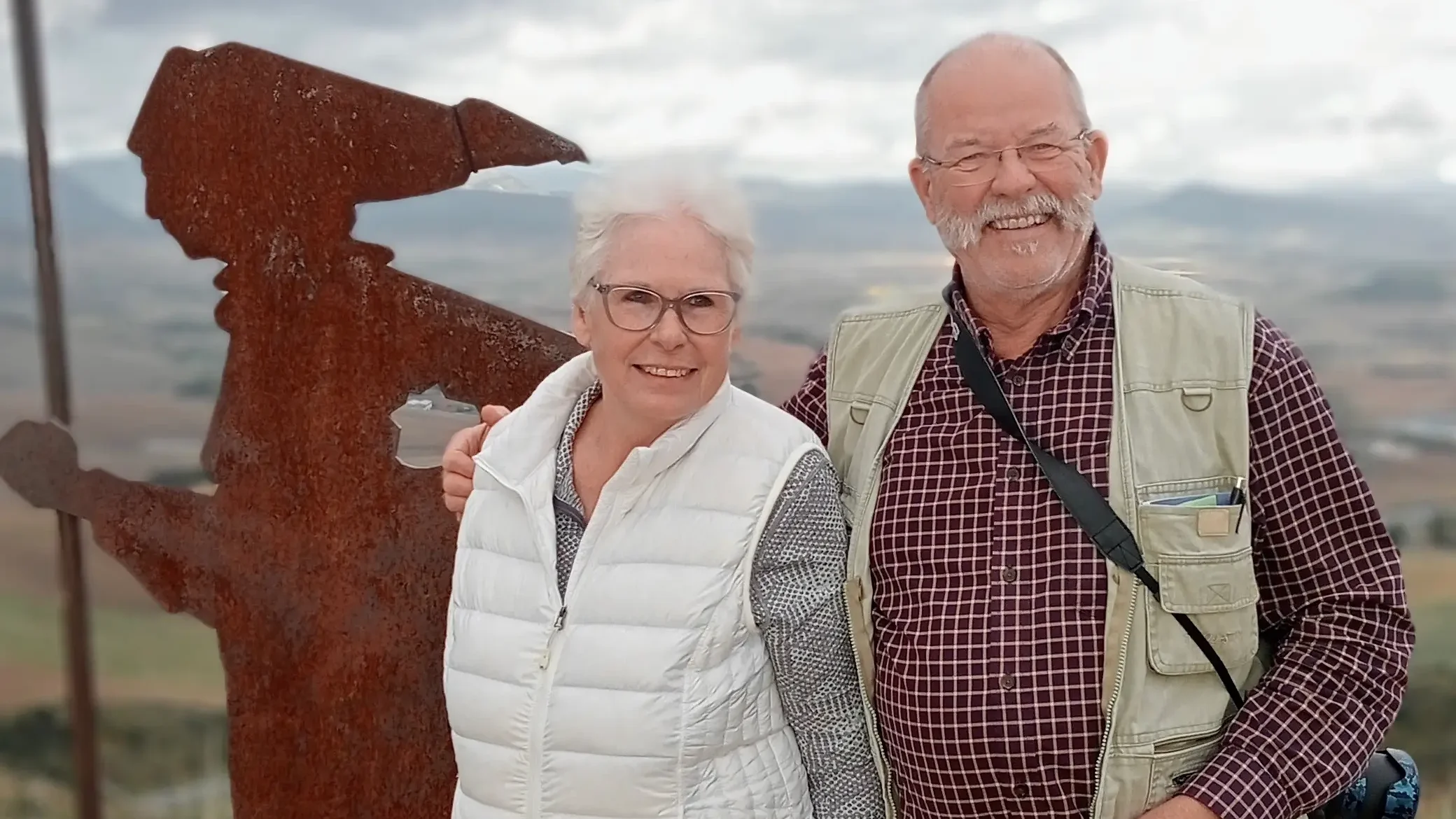
Concluding Your Camino de Santiago Journey
Arriving in Santiago de Compostela marks the culmination of your Camino Francés pilgrimage. As you approach the towering spires of the Santiago de Compostela Cathedral, a mélange of emotions often washes over pilgrims: relief, joy, and perhaps a tinge of nostalgia for the experiences now behind. The cathedral, steeped in history since its consecration in 1211, stands as a symbol of faith, perseverance, and the diverse community of pilgrims it welcomes from around the globe. This UNESCO World Heritage site is not just the endpoint but also a sanctuary for reflection and gratitude for all the challenges faced and friendships forged along the Camino path.
Having completed your Camino, request your Compostela at the Pilgrim’s Office. This document has been issued for pilgrims since the Middle Ages and that was an essential part of their pilgrimage. The Compostela certifies that the person has reached Santiago and has been granted the grace and indulgence associated with the pilgrimage.
Ultimately, while your pilgrimage on the Camino Frances might conclude here, the journey has a way of quietly weaving its essence into your life’s fabric. Many choose to continue walking, in different contexts, propelled by newfound insights and experiences – a gentle reminder that every step taken reverberated along the Camino de Santiago trail and beyond. If this is your case, have a look at our other walking tours, we’re sure we have something just for you!


